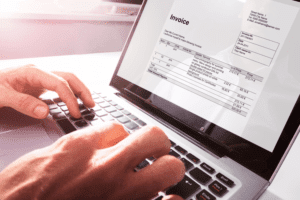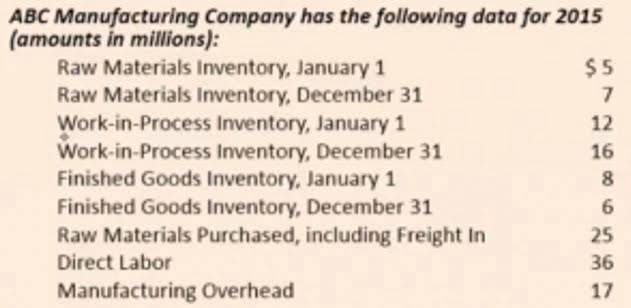
Things that we’re going to convert into cash pretty soon within 1 year. These are assets that we’re going to expect to use for more than 1 year. So good examples of those are going to be things like land or machinery or if we buy a building, right? These are things that we’re not just gonna use for 1 year, we’re gonna use them for a long period of time.
Slavery Statement
You can find a company’s assets, liabilities, and equity on key financial statements, such as balance sheets and income statements (also called profit and loss statements). These financial documents give overviews of the company’s financial position at a given point in time. The accounting equation ensures the balance sheet is balanced, which means the company is recording transactions accurately. When a company records a business transaction, it is not recorded in the accounting equation, per se. Rather, transactions are recorded into specific accounts contained in the company’s general ledger.
Terms

We will now consider an example with various transactions within a business to see how each has a dual aspect and to demonstrate the cumulative effect on the accounting equation. The accountants should ensure that the concept of accounting equation and its rules are properly followed and the transactions are daily and accurately recorded. This concept helps the company to know where its assets (high level) come from and monitor its balance in the business. This is important as some companies may not be able to survive in the long term if their assets are mainly from liabilities while their equity is too small in comparison.
- The amounts in the general ledger accounts will be used to prepare the balance sheets and income statements.
- The double-entry system is used to ensure the accuracy and completeness of financial records.
- Its concept is also to express the relationship of the balance sheet items which are assets, liabilities, and owner’s equity.
- The totals tell us that as of midnight on December 6, the company had assets of $17,200.
- The faster an asset is capable of being converted to cash, the more liquid it is.
- In summary, the accounting equation is a fundamental concept in accounting that is used to measure the financial health of a business.
Which businesses use an accounting equation?
The totals now indicate that Accounting Software, Inc. has assets of $16,300. The creditors provided $7,000 and the stockholders provided $9,300. Viewed another way, the corporation has assets of $16,300 with the creditors having a claim of $7,000 and the stockholders online bookkeeping having a residual claim of $9,300.

Balance
A double-entry bookkeeping system helps us understand the flow of any particular transaction from the source to the end. The Accounting Equation is the primary accounting principle stating that a business’s total assets are equivalent to the sum of its liabilities & owner’s capital. It is also known as the Balance Sheet Equation & it forms the basis of the double-entry accounting system. Owner’s equity is the remaining of what the company has after deducting all liabilities from its total assets. Due to this, the owner’s equity is also known as net assets or net worth. Current liabilities are obligations that a company needs to settle within one year.

This observation tells us that accounting statements are important in investment and credit decisions, but they are not the sole source of information for making investment and credit decisions. Because it considers assets, liabilities, and equity (also known as shareholders’ equity or owner’s equity), this basic accounting equation is the basis of a business’s balance sheet. As you can see, no matter what the transaction is, the accounting equation will always balance because each transaction has a dual aspect.
Similarly, the amount not yet allocated is not an indication of its current market value. If the accounting equation is unbalanced, debits don’t equal credits in the trial balance, and any financial statements generated would be unreliable and inaccurate. It’s a tool used by company leaders, investors, and analysts that better helps them understand the business’s financial health in terms of its assets versus liabilities and equity. The accounting equation plays a significant role as the foundation of the double-entry bookkeeping system. It is based on the idea that each transaction has an equal effect. It is used to transfer totals from books of prime entry into the Retail Accounting nominal ledger.
- The accounting equation forms the foundation of financial statements and is closely related to a company’s business structure.
- Otherwise, errors can occur that can affect the basic accounting equation and the financial statements that are produced.
- It is also used to refer to several periods of net losses caused by expenses exceeding revenues.
- It is the amount of money that would be left over if all of the company’s assets were sold and all of its liabilities were paid off.
- As a result of how each recorded accounting transaction affects the general ledger with balanced debits and credits, the financial statements are in balance.
Thus from the above details we can understand how to do accounting equation. The accounting cycle is the process by which a company records and reports its financial fundamental accounting equation transactions. It includes several steps, such as journalizing transactions, posting to the general ledger, preparing trial balances, and creating financial statements. The accounting equation is used throughout the accounting cycle to ensure that the financial statements accurately reflect the financial position of the company.
